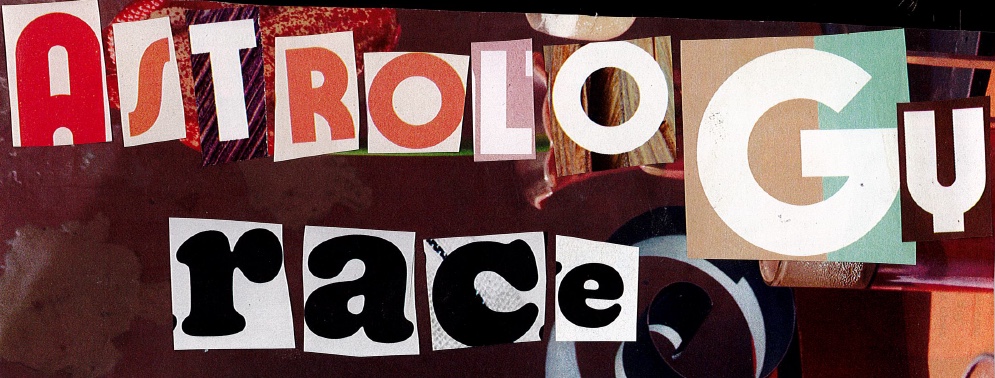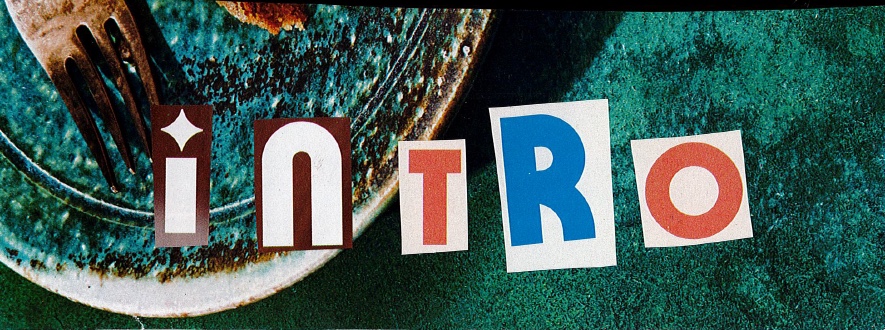Critical Race Theory (CRT), is an academic movement which introduces a perspective on looking at legal structures of power through a lens of race and racism. It originated in the work of scholars such as Derrick Bell, Kimberlé Crenshaw, Richard Delgado, and Jean Stefancic. Critical Race Theory critiques systems of liberalism that take on a color blind approach to racial justice, arguing that color blindness limits one’s ability to recognize anything other than the most overt and violent notions of racism and white supremacy. In reality, some of the most dangerous aspects of racism are less obvious, more subtle, and systemic. According to the Director of the Othering and Belonging Institute at UC Berkeley, John Powell, “What critical race theory has done is lift up the racial gaze of America… It doesn’t stay within law, it basically says ‘look critically at any text or perspective and try to understand different perspectives that are sometimes drowned out.’” It has become a powerful tool in understanding how various identity groups, from race to sexuality, experience inequality and injustice under the american legal system and within american society. CRT has been used to fight issues of housing segregation, access to education, bank lending, and many more issues that are a part of racial justice. In many ways Critical Race Theory is at the very core of racial justice because it purposefully exposes the injustice that is sometimes subtly embedded in various legal and social systems. For that reason CRT is essential for us to understand as we explore the work of Racial Justice and Astrology.
Like Astrology, Critical Race Theory relies on storytelling. Both astrology and CRT invite spaces in which we are asked to share our stories and our experiences. Critical Race Theory in particular emphasizes the sharing of stories as a way to demand solidarity and expand our individual understandings of law and society beyond simply our own personal experiences with race and racism. Astrology functions in a similar way in that through storytelling we can understand the uniqueness in each of our charts and alignments. Alice Sparkly Kat writes that “we (astrologers) are doing the work of understanding how time collages itself and, with it, giving clarity to the sometimes confused collaging of memory.” For example my dad and my brother both have Capricorn suns and Leo moons yet they way they express these signs is distinctly different and influenced by their own unique lenses. My point in connecting storytelling to Critical Race Theory and astrology is not to argue that they are one in the same, but instead to acknowledge the power of sharing stories as core to both. Storytelling is an undervalued method of information delivery under a white supremacy state which values the written word first and foremost. So to emphasize the shared value of storytelling within both Critical Race Theory and Astrology is to identify both practices as in some way (to varying degrees) opposing western accepted norms.
Within this blog I use Tabitha Prado-Richardson and Alice Sparkly Kat’s work to relate the identity categories of race to that of astrology. My intention, and I believe these astrologers’ intentions as well, is not to associate race and astrology as similar categories of identity, but to highlight both as mythic categories. Many scholars and astrologers have related the mythic nature of astrology to the mythic nature of race: neither is able to be rooted in biology, yet race is widely accepted by societies and institutions and astrology is not. In her book, Post Colonial Astrology, Alice Sparkly Kat questions “if astrology is just as speculative as race, can we make it more responsible?” This is the most important question, and the inspiration for much of my work on this project.
Reading horoscopes, understanding our charts, and sharing our astrological stories with one another is a powerful reflective practice in which we critically look at our identity, our relationships, and our community as a whole. To ignore the influence of race, racism, and white supremacy on our practice of reflecting would be ignorant. A Black woman’s understanding of her Taurus moon is different than my understanding of my own, and so on. There is no way to read astrology without also imparting our experiences with other aspects of our identity such as race, sexuality, and gender. Through adopting a perspective of Critical Race Theory as we explore this project we will be more equipped to acknowledge the complexity of identity and to orient our sun sign, moon sign, and rising sign within our other identity orientations. If we are tasked with pursuing racial justice and making astrology more responsible we have to think critically about our positionality beyond simply our astrological identity. As you read and reflect throughout the tools section, also consider other aspects of your identity, in particular your race, class, sexuality, and gender in order to better understand how you may leverage your privilege to carry out racial justice work.



